- Home
- Health & Fitness
- What is My Age?
 Birthday Calculator: How Old Am I?
Birthday Calculator: How Old Am I?
Calculate Your Age
Usage Instructions
This calculator automatically grabs the current date from your computer or cell phone & asks you to enter your date of birth. After entering your birth day click on the submit button & it will automatically calculate your exact age today in years, days, hours & minutes. If you wanted to know how old you were when something happened in the past, simply enter the date of the event at the top part of the calculator & it will calculate how old you were then.
The Science of Aging: Different Life Stages and How to Prolong Your Life

- Guide Authored by Corin B. Arenas, published on August 9, 2019
Aging: a natural process every living organism goes through. For centuries, humans have been searching for the fountain of youth to reverse old age. However, up until the development of science and modern medicine, we knew very little about this phenomenon.
In fact, it wasn’t until 1903 when scientists pioneered Gerontology, which is the study of the aging process from middle age to late life. Gerontologists focus on understanding the physical, mental, and social changes that occur as people become older. Due to its multidisciplinary approach, gerontologists practice across different fields, including Biology, Genetics, Sociology, and Psychology.
Today, some of the world’s leading gerontologists, Aubrey de Grey and Dr. David Sinclair, believe that old age can be cured in the near future. They also regard old age as a disease. Though others in the scientific community may disagree, more people certainly want to live longer, healthier lives.
Thanks to dedicated experts, we now know a little bit more about the causes old age. And more importantly, how to potentially slow it down. So far, here’s what we know about growing old.
What Are the Causes Old Age?
According to the World Health Organization, aging is caused over time by a variety of accumulated cellular damage. This continuous damage affects organ function and leads to poor physical health, as well as slow cognitive function. Seniors are susceptible to diseases such as Alzheimer’s, Parkinson’s, and heart failure.
DNA Repair’s Link to Aging

A cell ages when it divides and replicates to repair itself. Throughout one's life, cells divide many times before its genetic material can no longer be replicated accurately. When this happens, cellular damage occurs. In fact, studies show more genetic abnormalities can be observed in older patients.
Telomere Shortening = Shorter Life Expectancy
Most organisms have chromosomes, which are strand-like material with protein and nucleic acids that carry genetic information. At the ends of these chromosomes are telomeres which act like protective caps that do not carry genetic material.
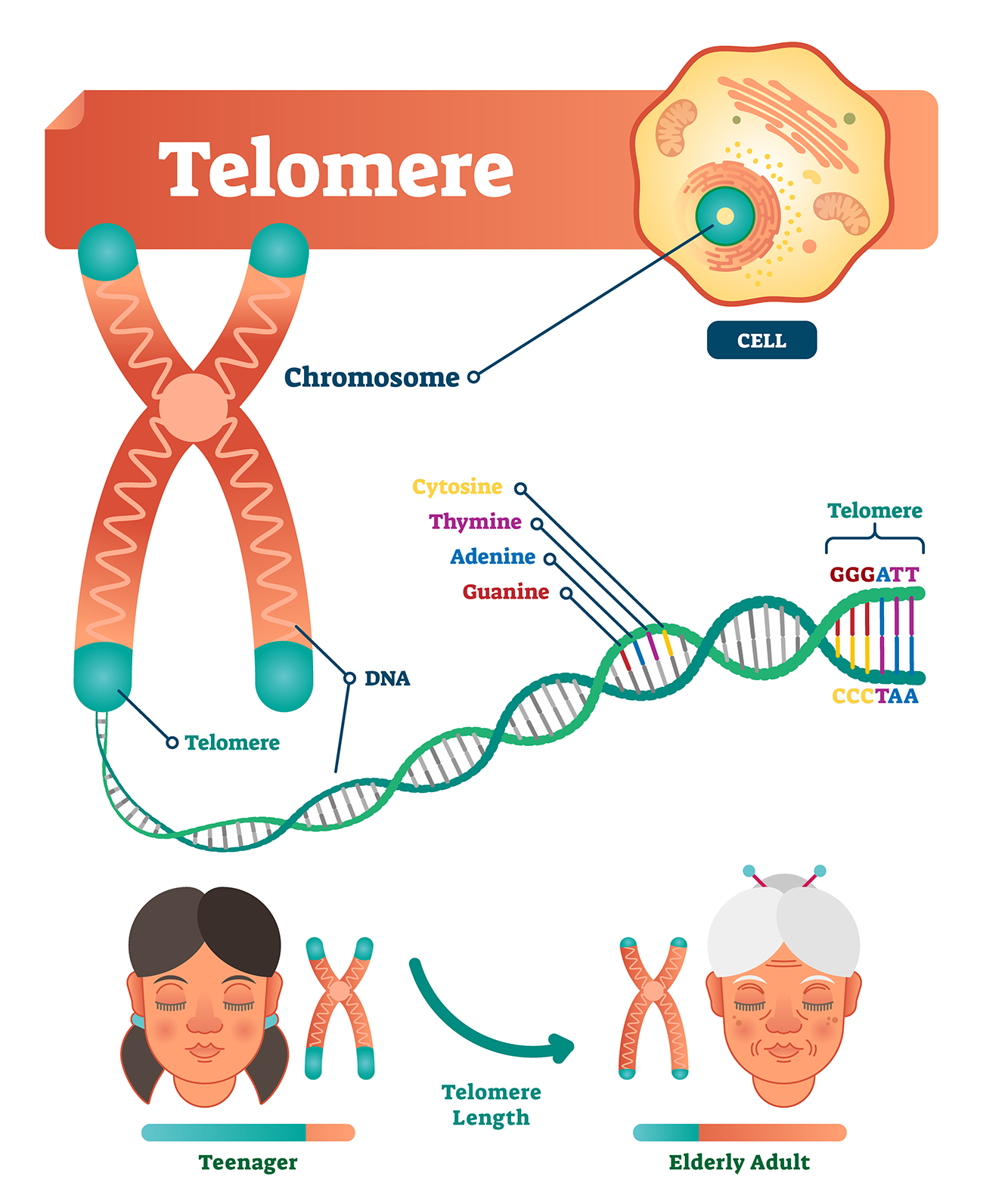
When cells divide and replicate, a portion of the telomere gets transferred to another end of the chromosome. Over time, the telomere erodes and shortens with repeated replication, until it's almost gone. This leaves the genetic material bare, which can cause cell death (apoptosis).
When cells can no longer divide, they become senescent cells and eventually die. In other cases, the anomaly may create cancer cells. This is why research shows telomere shortening makes people prone to degenerative diseases.
Genetic Therapy, the Future of Anti-Aging Treatment
To cure cellular damage and telomere shortening, scientists do advanced gene therapy research, which involves the addition of new genes to cells in order to replace malfunctioning genes and help correct genetic disorders.
An example of a biotech company that has done successful testing on telomere shortening is Bioviva USA. According to Bioviva CEO Elizabeth Parrish, gene therapy can prolong the lifespan of an old telomere by up to 20 years. Parrish notes:
“Current therapeutics offer only marginal benefits for people suffering from diseases of aging[…]Advances in biotechnology are the best solution, and if these results are anywhere near accurate, we’ve made history.”
Hormonal Factors That Aggravate Old Age
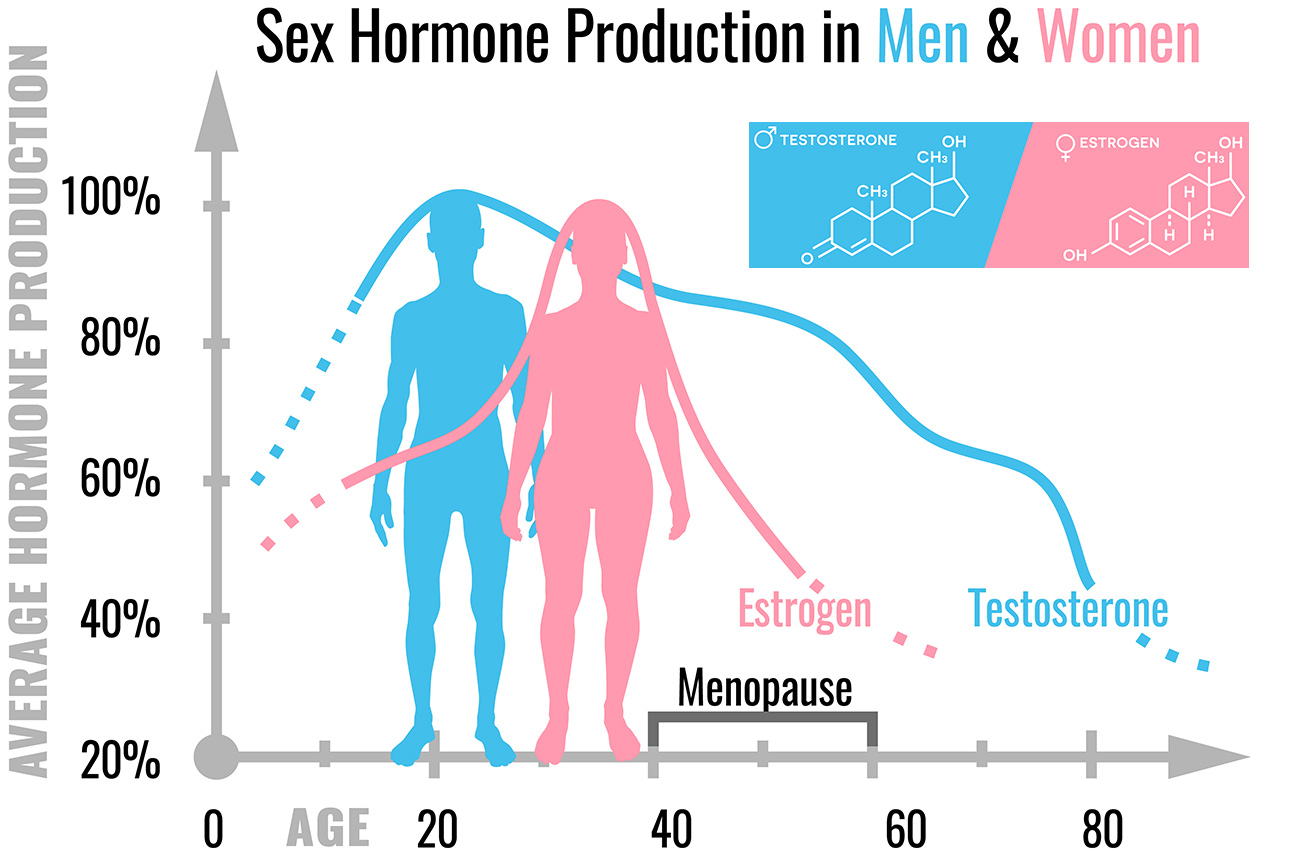
Apart from the genetic level, other factors such as hormonal and metabolic processes contribute to aging. The endocrine system regulates several bodily processes, such as metabolism and sexual reproduction.
For instance, studies show that older men have lower testosterone levels, while women tend to have lower estradiol and estrogen levels after menopause. These hormones contribute to healthy sexual reproduction, a function that deteriorates as you age.
More over, as you gain more years, your metabolism slows down. Metabolism is basically a combination of chemical reactions that keep your body functioning. When metabolism slows down, you tend to be less active, making you lose more muscle. Research shows that by the time you reach 80 years old, you would lose 30% of your muscle compared to when you were 20 years old.
Growing Old: A Combination of Several Factors
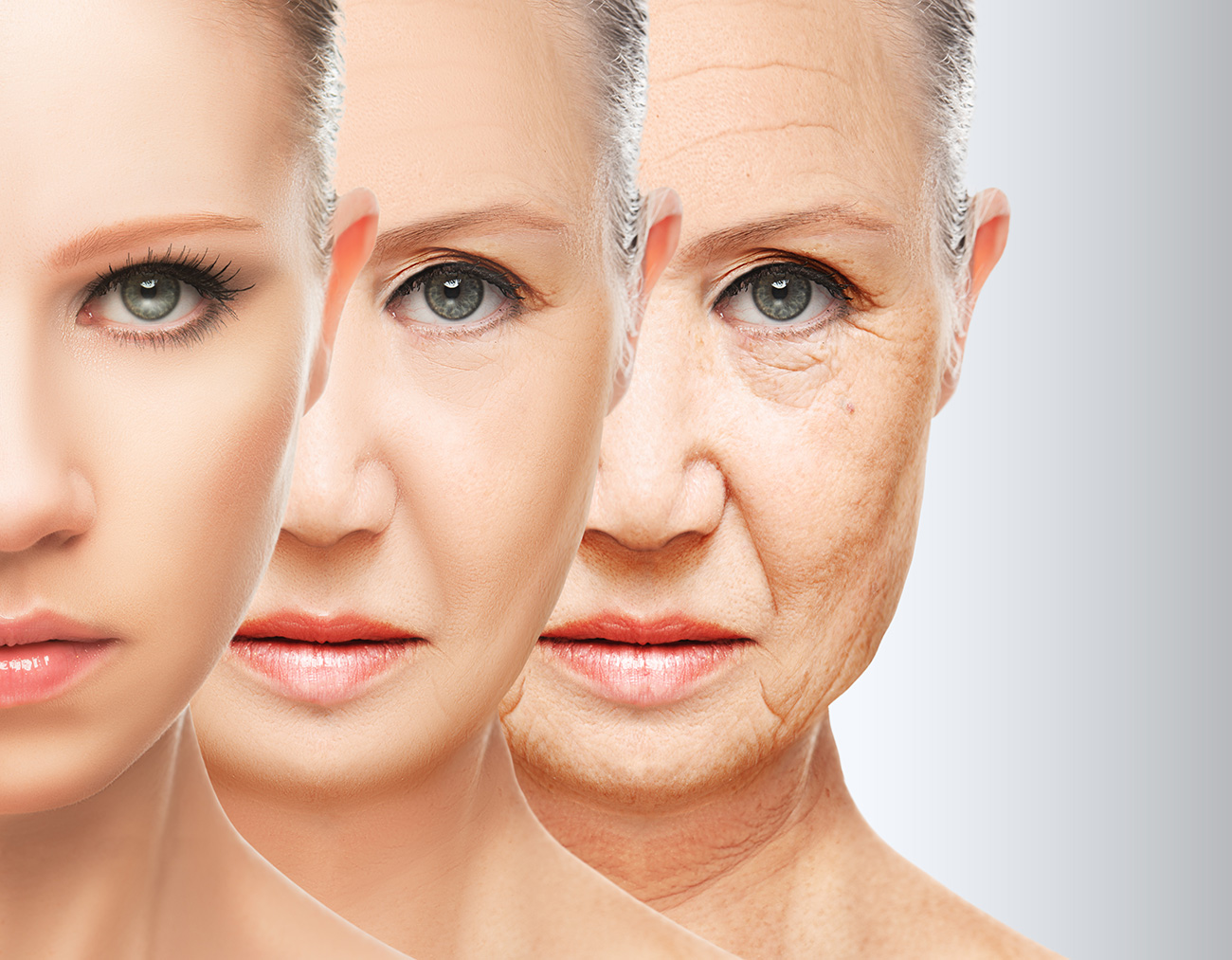
While aging happens at the cellular level, other elements that contribute to its damage include environmental and lifestyle factors. Consider immediate factors like your diet, stress levels, pollution in your surroundings that can affect your health and lifespan. Taking care of your body involves making conscious decisions, such as having a nutritious diet and a clean lifestyle, to improve your health.
It’s important to note that old age is a confluence of many factors, and improving just one or two of those factors may not necessarily decrease its detrimental effects. Gene therapy may address this problem in the cellular level, but we need to wait for more breakthroughs in order for medical authorities to approve the treatment.
Stages of Development and Aging: Physical and Mental Changes
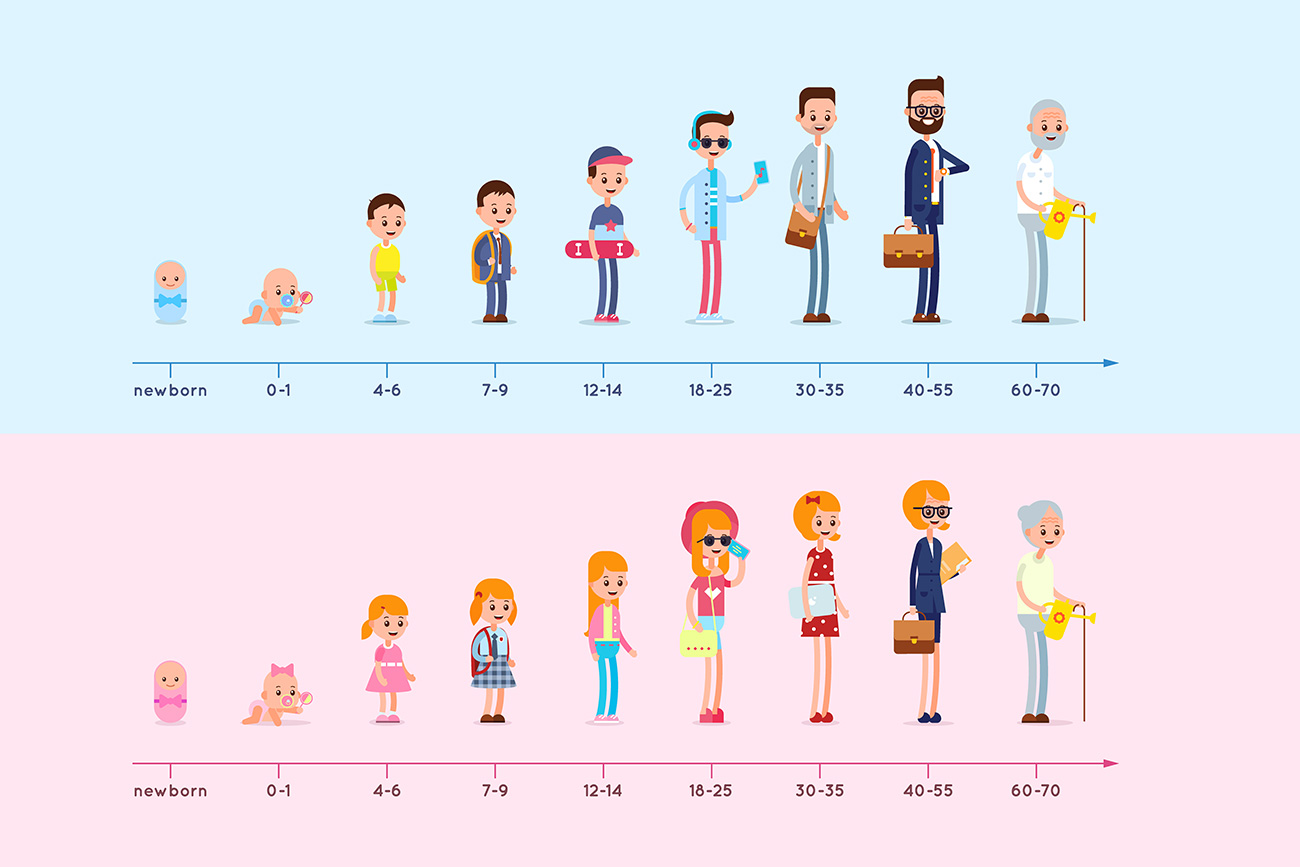
Throughout life, men and women undergo various developmental changes until they mature as adults. To understand how growing old greatly impacts physical and psychological health, here is a summary of stages with corresponding biological changes for both men and women.
Puberty and the Adolescence
Puberty spells growth spurts and the onset of sexual development due to hormonal changes. It is made up of a series of stages which influence the development of muscles, bones, and other bodily functions. For this reason, parents may feel that childhood may pass quickly.
Most people might think puberty starts when children reach their teens, but it can actually occur earlier (below 10 years old). Puberty does not happen to girls and boys at the same time; it happens a year earlier in girls than in boys. The teenage years are also referred to as adolescence.
According to Stanford Children’s Health, below is a breakdown of physical changes during puberty:
Physical Changes in Boys

- Between 9 ½ to 14 years old
- Apparent growth of testicles
- A year later, the penis becomes larger
- Onset of pubic hair - 13 ½ years old
- Experiencing wet dreams - 14 years old
- Appearance of underarm hair - 15 years old
- Appearance of facial hair
- Voice change, becomes lower and fuller
- Muscle development
- May develop acne
Physical Changes in Girls

- Between 8 to 13 years old
- Apparent breast growth
- Appearance of pubic hair
- Appearance of underarm hair - around 12 years old
- Onset of menstrual period - 10 to 16 ½ years old
- Body shape changes - pronounced hips
- May develop acne
Adolescence is a time for social growth and self-exploration. During those years, boys and girls experience a range of mental and social changes before the grow into young adults. Some of these changes include:
- Ability to think abstractly - example: planning long term goals
- Becoming self-aware - comparing self to peers
- Valuing acceptance from peers
- Awareness and concern for social issues, politics and philosophy
- Desire to be independent from parents
- Desire for having romantic and sexual relationships
- Confidence and self-esteem issues
Note that these changes generally occur to both boys and girls. However, how they feel about situations or handle issues still vary.
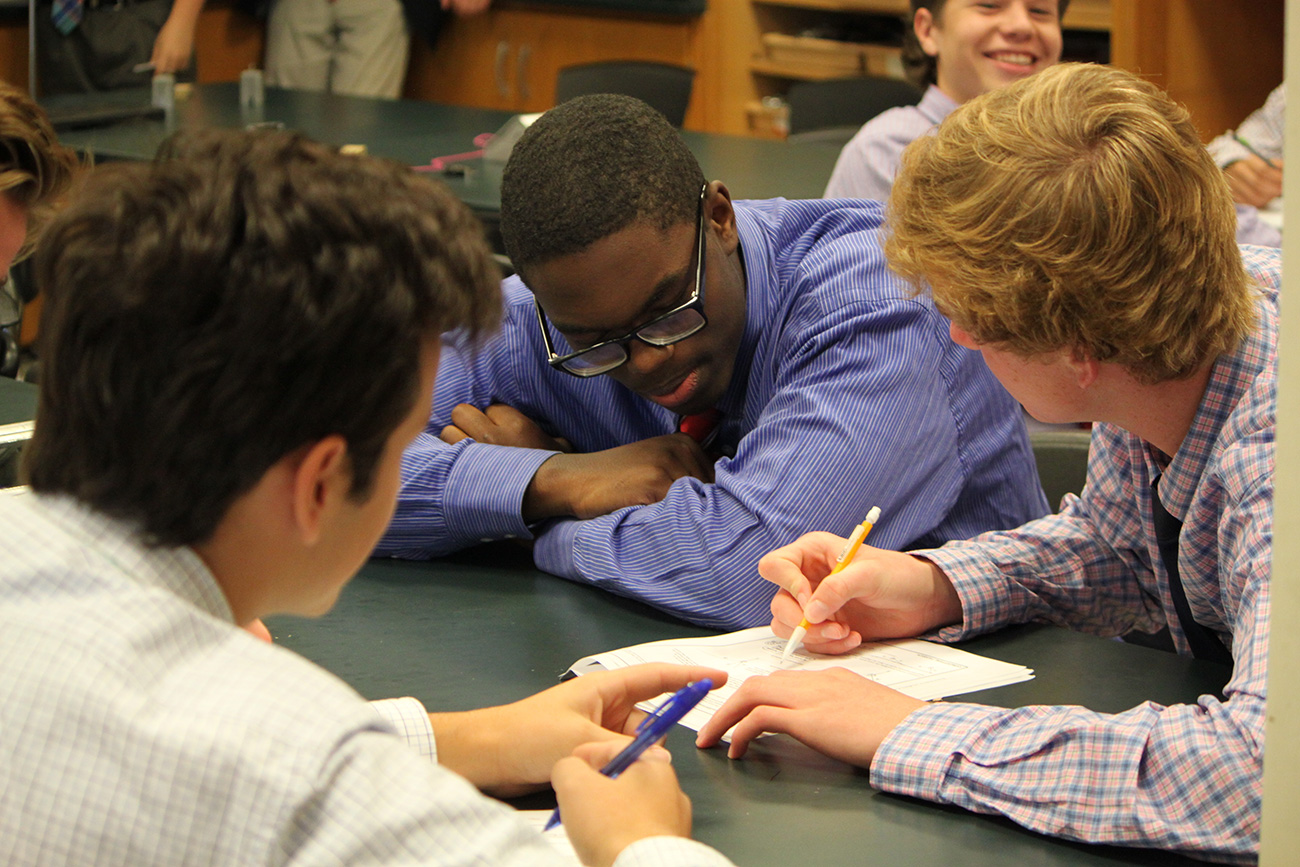
For instance, adolescent boys may start to engage in masculine activities and join sports teams to feel accepted. Others may even take part in bullying to feel a sense of acceptance or superiority. Girls may also engage in sports and other group activities, and still value close friendships to feel a sense of belonging.
These are just some of the psychological and social changes that occur during adolescence. For these reasons, coping with stress can be tough on teens. But it’s also a crucial time to discover more about yourself, develop self-esteem, and learn from people around you.
Late Adolescence to Young Adulthood
According to the State Adolescent Health Resource Center, people from ages 18 to 24 years old are in their late adolescence or young adulthood stage. However, other sources say early or young adulthood ranges from 20 to 35 years old.
Despite the differences in range, it is basically a crucial process that comes before fully maturing into an adult.

Physical Changes in Young Adults
At this point, physical and sexual changes are mostly complete in both men and women. However, some men may continue to grow and develop until the age of 21.
Psychological and Social Changes

Without rapid changes triggered by hormones, at this point, men and women begin to feel more comfortable with their physical appearance. Since most people at this age have sexual experience, they develop a clearer sense of sexual identity. Some of these changes include:
- Establishing values about sexual behavior
- A personal sense of masculinity or femininity
- Developing skills for romantic relationships
- Growing concern for serious relationships (love, fidelity)
- Develop stable and helpful peer relationships
- Meeting demands and social responsibilities (work, paying rent, etc.)
- Reestablishing relationship with parents (less conflict)
Today, young people take a while to achieve economic and psychological maturity. This is partly because the process has become more gradual compared to the past as a greater emphasis is placed on education and family planning.

Experiences also differ widely by gender, ethnicity, race, and social class. This is the time where people experience major changes in their capacity to analyze and make decisions. Some of these changes include:
- Further development and application of abstract thinking
- Envisioning possibilities and thinking ahead
- Introspection and holding more than one point of view
- Increased Empathy - Putting one's self in another's shoes
- Recognizing value in diversity
- Being idealistic and philosophical
Women: Changes During Pregnancy and After Childbirth
Women's bodies go through a series of transformations once they bear children. Many of these changes are apparent, including weight gain, a larger belly, and experiencing morning sickness. A woman's body adapts in many ways to make way for new life.

According to an article by C. Nierenberg on Live Science, here are other physical changes women encounter during pregnancy:
- Bleeding gums due to weaker immune system
- Thicker, healthier hair and nails due to increase in estrogen
- Stretch marks due to rapid weight gain during pregnancy
- Melasma or darkened skin around the eyes due to increase in melanin
- Increased temperature and sweating due to higher metabolic rates
Physical Changes, Post-Pregnancy:
- Hairfall or normal hair growth - estrogen levels go down (within 4 to 6 months)
- Lower sex drive is also caused by decrease in estrogen
- Tummy bulge - the uterus takes 6 to 8 weeks to go back to its normal size
- Swelling of feet due to increased growth hormones
- Smaller cup size - breasts are less firm due to breastfeeding
- Persistence of stretch marks
Psychological Changes After Childbirth

It's common for women to experience depression after giving birth. New mothers usually go through "baby blues," which means having crying spells, mood swings, and insomnia. After a few weeks, things should go back to normal.
However, there are mothers who experience long-term depression known as postpartum depression. It also inhibits women from being able to function and care for their baby. With treatment, women with postpartum condition eventually recover.
Adulthood to Middle Age
This stage is characterized as the period after young adulthood before the beginning of old age. The Oxford English Dictionary defines middle age between 45 and 65, though other sources may argue it starts during the mid-thirties.
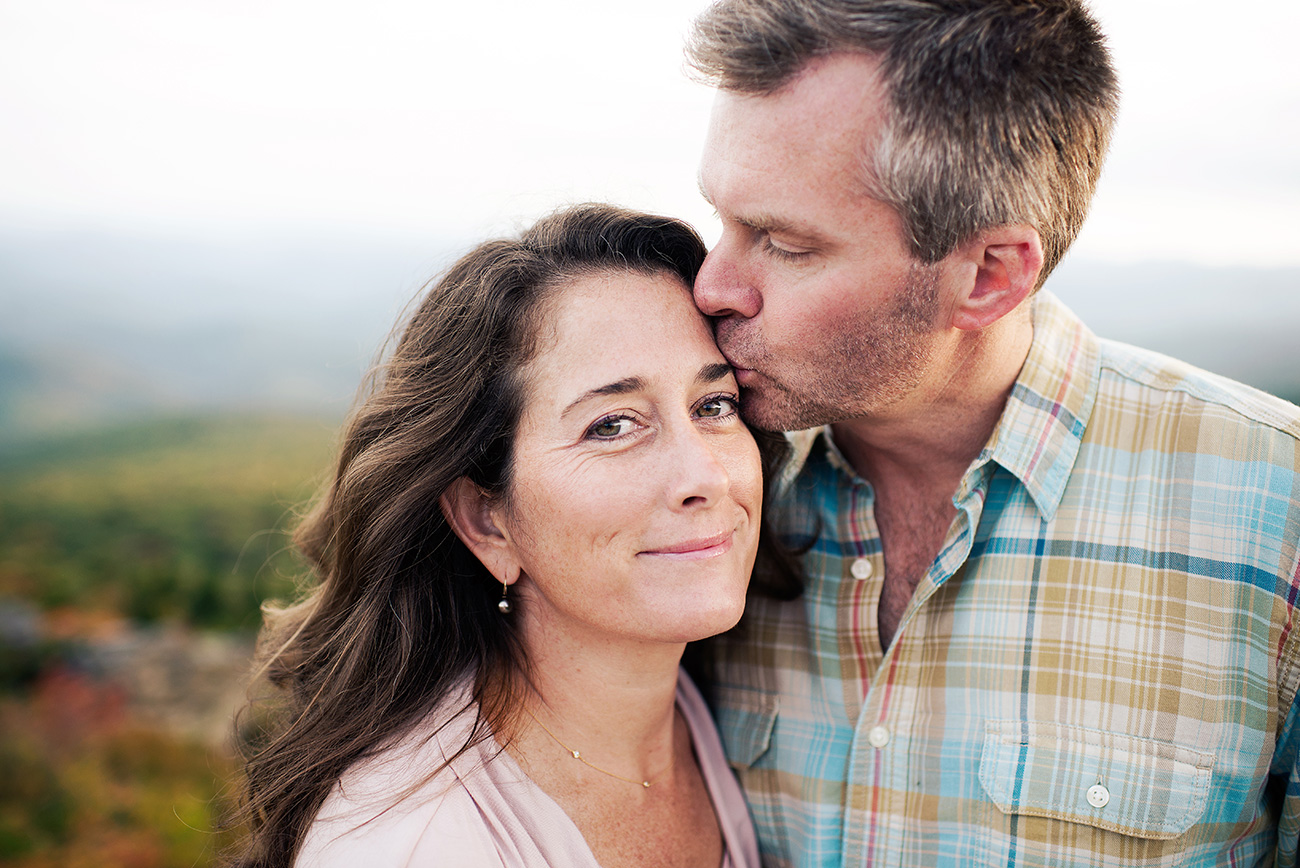
According to Psychology today, it can be a restless and stressful time because many people may feel dissatisfaction as they cope with the reality of aging, death, and sense of purpose in life. But apart from these psychological issues, men and women should start taking preventive health measures to avoid degenerative diseases, such as cancer, heart failure, and Alzheimer’s.
Women in particular start to experience menopause, which is characterized by the absence of the menstrual cycle. The body starts to produce less estrogen and progesterone, resulting in hot flushes. This is a stressful transition for women, as is signals growing old and not being able to bear children.

Here is a list of conditions you should get screened for by middle age:
- Get cholesterol checked every 6 years
- Test for Type 2 diabetes before the age of 45
- Colorectal Cancer, screen by 45 years
- Cervical cancer screening - pap smear for women every 3-5 years
- Breast cancer check every other year (women ages 50-74)
- Get blood pressure checked every 2 years
Keep these tests in mind the next time you visit the doctor. Prevention is always better than cure, so make it a habit to get regular checkups from your doctor.
Old Age
The elderly are referred to as people ages 60-65 years old and above, according to the World Health Organization. It's described as the later part of life after youth and adulthood, which is closer to the the average life expectancy of human beings. It's described as the later part of life after youth and adulthood, which is closer to the the average life expectancy.
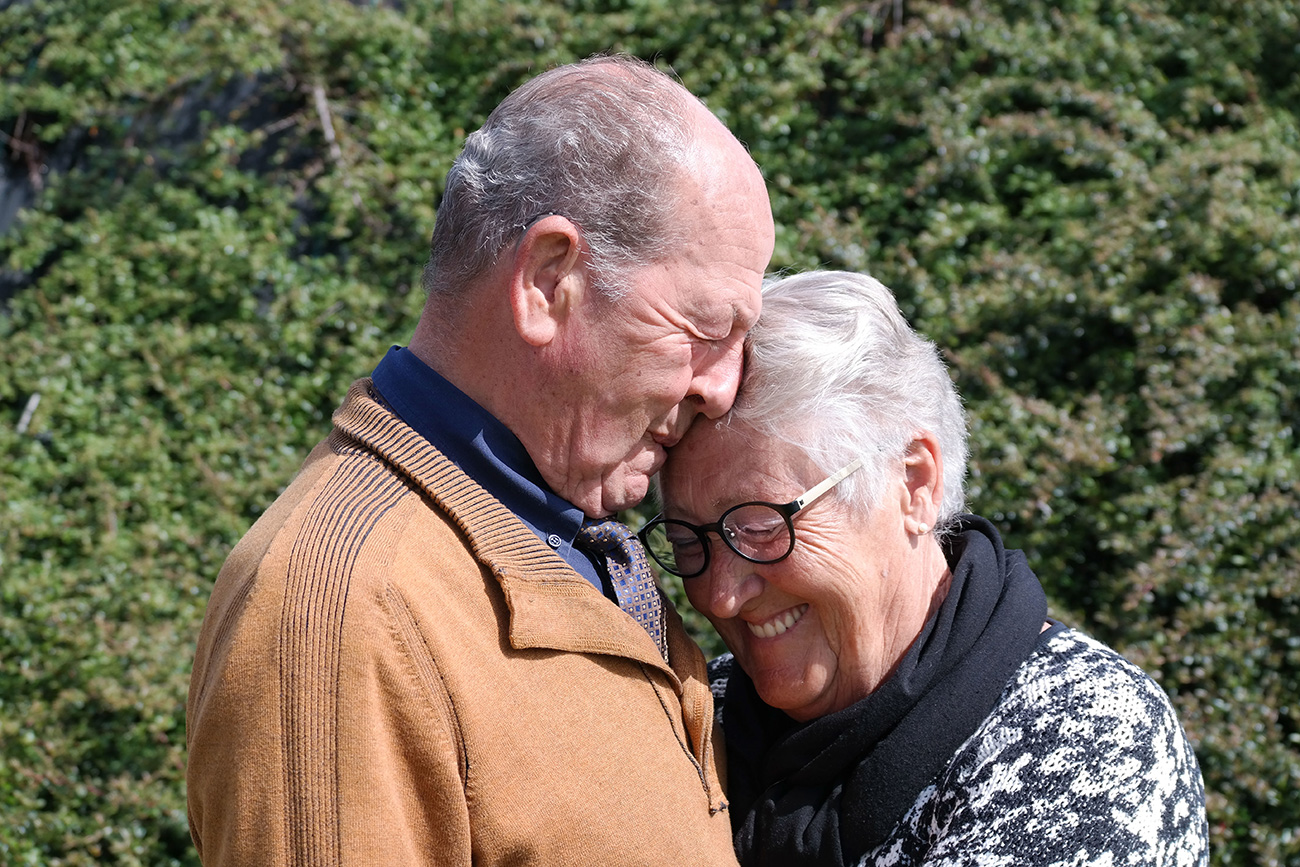
Most people within this period are known to be weaker, with signs of deterioration seen on their skin and their overall physical fitness. At this stage, the elderly are prone to all sorts of illness and are advised to take better care of their health.
Notable degenerative conditions include:
- Loss of hearing
- Weak vision or loss of vision
- Chronic diseases like hypertension and arthritis
- Mobility impairment
- Bone and joint disease (osteoarthritis and osteoporosis)
- Urinary incontinence
- Weakened immune function - slow wound healing
- Decreased sexual drive in both men and women
Factors That May Cause Premature Aging
While growing old is regarded as a natural process, several factors can actually speed it up. They also pose as significant health risks that can impact longevity.
Some of these lifestyle problems can be as simple as lack of quality sleep and poor stress management. Too much alcohol and even technology addiction, which is detrimental for mental health, can aggravate aging. However, the main factors that accelerate it include:
Sedentary Lifestyle

According to a study published in the Archives of Internal Medicine, people who are not physically active have a increased risk for aging-related disease and premature death.
Researchers collected that DNA samples containing leukocyte telomeres from sedentary participant. They found that the average telomere loses of 21 nucleotides per year when less active.
Being Overweight
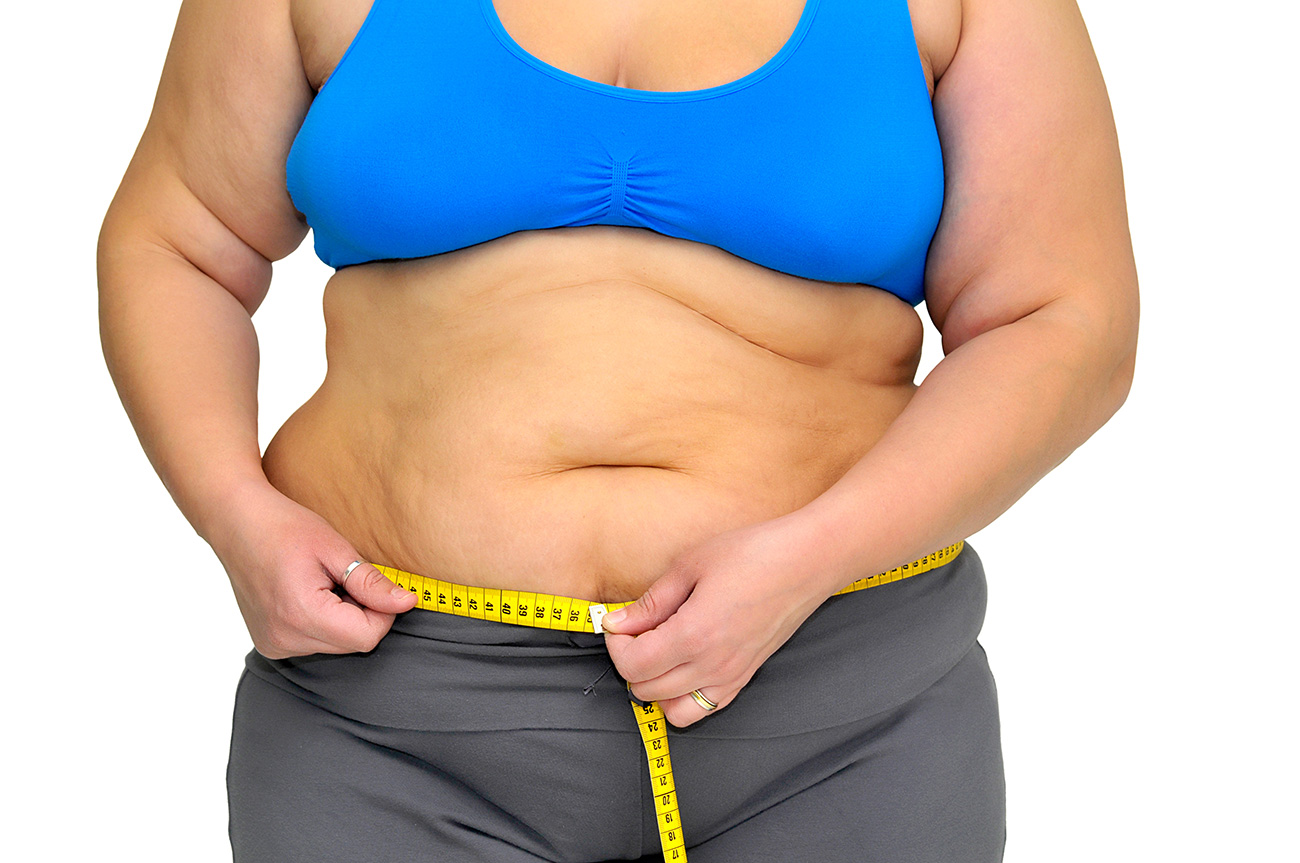
Another side effect of a sedentary lifestyle is gaining too much weight. Added fat tissues causes chronic inflammation in organs, a factor for increased aging. More fat also increases the presence of senescent cells that can no longer divide and eventually die. Bottom line: when majority your cells can no longer replicate and repair itself, your body deteriorates.
Poor Diet

Bad nutrition always goes hand in hand with obesity. A diet In a study done by the Mayo clinic, researchers tested mice with a steady "fast food diet" rich in saturated fat, cholesterol, and sweetened beverages. More calories speeds the build up of fat in cells. The negative effects of fast food were clear, but the mice showed notable improvements when introduced to exercise.
The research demonstrates the importance of modifiable factors of diet to prevent the onset of degenerative illness.
How to Reduce the Effects of Growing Old
There is no full proof way to stop aging or reverse it. Unless the public has access to gene therapy, which isn’t approved for anti-aging treatment yet, we should continue to make healthier diet and lifestyle choices. Based on the top causes of aging, here’s how you can reduce its effects.
Adopt an Active Lifestyle
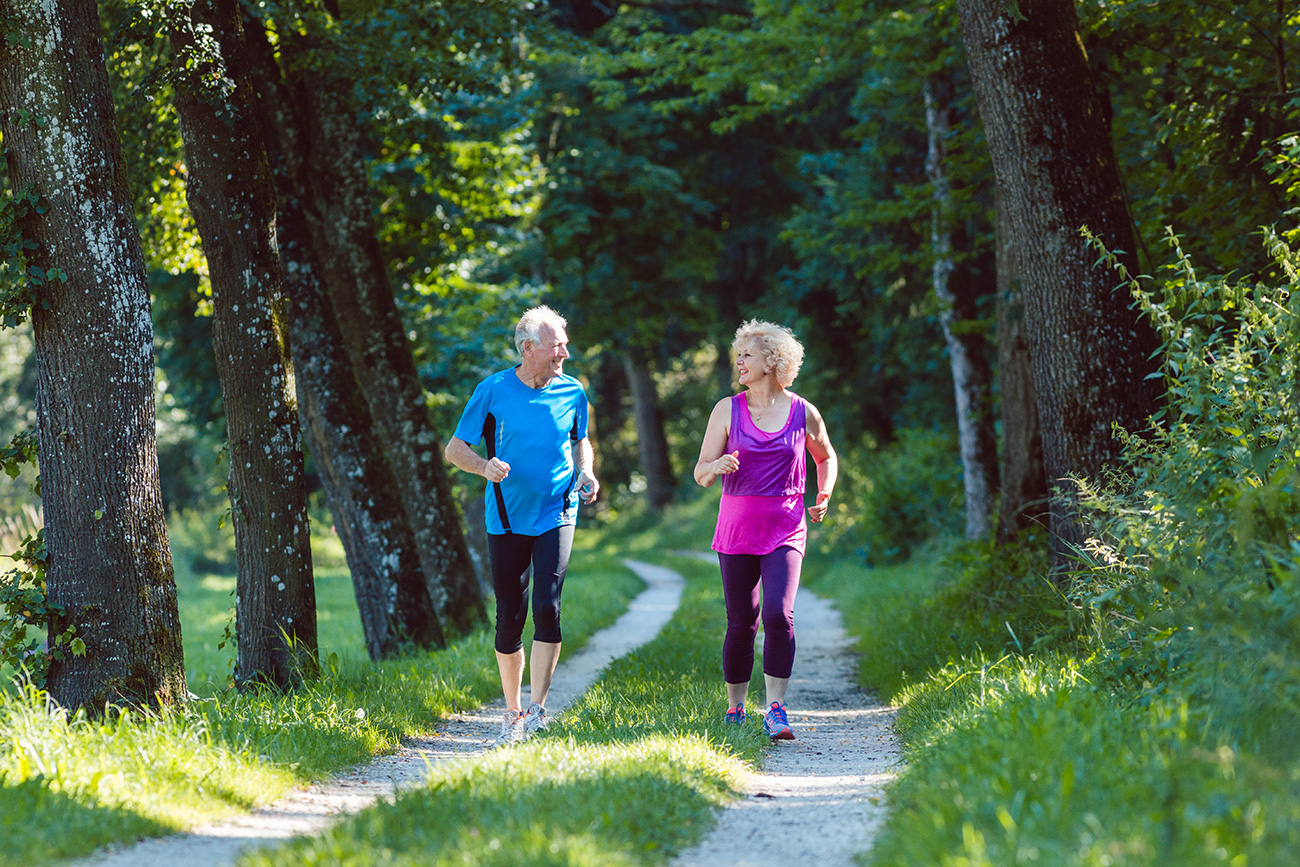
Make exercise a priority. This is difficult if you’re used to a sedentary lifestyle, but starting somewhere small will greatly help.
To get your body active, you can try exercise snacking. It might sound like a diet, but it is a workout strategy that breaks up exercise into short, intense sessions throughout the day. It’s actually a lot like the concept of eating small meals, only it involves engaging in short bouts of physical activity. It’s highly beneficial for busy people who have trouble making time to exercise.
When you do “snack-sized” exercises, take note it’s important to raise your heart rate up to 90 percent of its maximum beating capacity. Some forms of Exercise Snacking include doing 15-minute walks after eating meals and short high-intensity interval training (HIIT) before meals.
In a study published in Diabetes Care, scientists found doing 15-minute walks after meals significantly lowered blood sugar levels in seniors. Other similar studies also show walking after meals is more effective for lowering blood sugar levels in patients with type 2 diabetes.
It’s a good way to avoid diabetes or manage diabetes. Just remember to stretch for a few minute before and after your walks to avoid cramps or injury.
Maintain Your Ideal Bodyweight
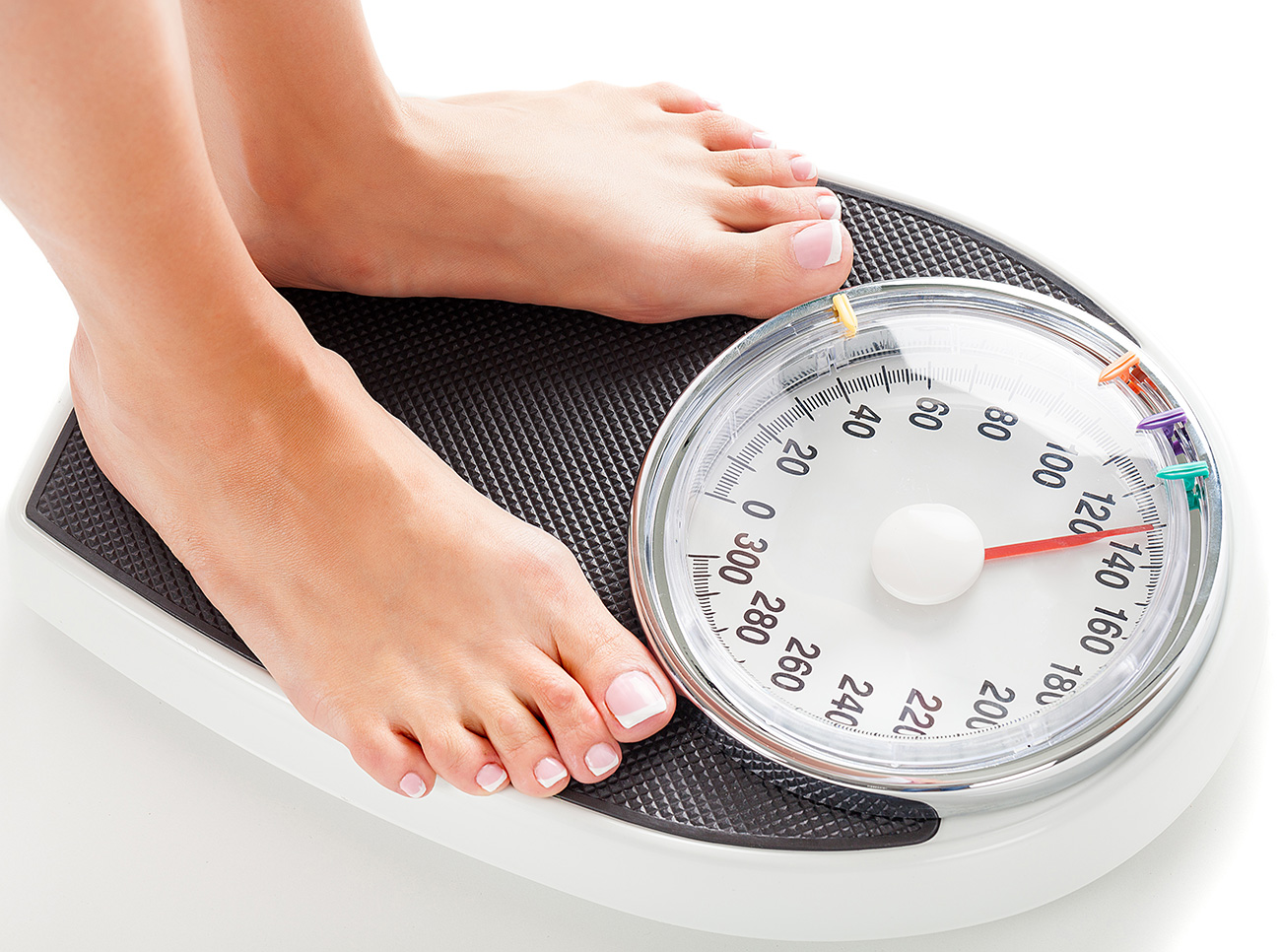
Apart from exercise, make a conscious effort to lose excess weight or maintain a healthy weight. It will take a while, but it’s better to have your weight in control than struggle when you’re heavier.
Visceral Fat, or deep belly fat, is the cushion surrounding your internal organs. When fat accumulates around your midsection, it doesn’t just sit there. Fat actually influences the production of substances in your body, which affects your metabolism and internal organs.
What's bad? When regular areas for fat storage are full, the fat is eventually deposited inside organs and around the heart. When this happens, too much fat doesn’t just impair cellular function. It can also disrupt organ function.
Eat Healthy: The Longevity Diet
Recent studies show that the ideal diet to live longer is a plant-based diet. Calorie restriction and fasting also helps the body reduce the effects of aging.
In the book "How Not to Die" by Dr. Michael Greger and Gene stone, the authors talked about the ideal diet for longevity. In summary, the book says that:
- Vegetarian diet + Fish diet = the best for diet
- Meat, cheese and other animal based products are bad for longevity
- Nuts, beans, fruits = all good
- Drink water instead of other beverages
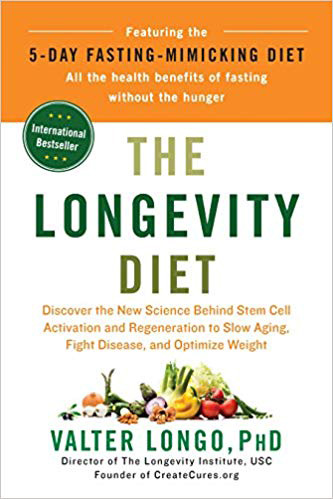
Another book titled “The Longevity Diet” by biogenrontolgist Dr. Valter Longo highlights the importance of calorie restriction and fasting for cell regeneration. He talks about removing refined sugars and processed food that's harmful to the body.
Longo also discusses what the longest living people eat. And though they consume fat, they're food doesn't come from animal saturated fats--it's mostly plant-based food.
Health and Life Expectancy Statistics
According to Singularity University founder and Futurist Ray Kurzweil, life expectancy was 23 years about a thousand years ago, and 37 years in 1800. In another source, gerontologist and evolutionary biologist Caleb Finch says that the average lifespan about 20 to 35 years old for Romans and Greeks.
Factors that affected life expectancy back in the 1800s had to do with poor hygiene and lack of clean running water. Infections such as typhoid fever, scarlet fever, and rheumatic fever were very common in the 1800s. Lifespans were also impacted by wars and economic depression throughout history.
But thanks to technological advancements in medicine and improvement in living conditions, the human lifespan has significantly become longer. Today, most modernized countries report a 75 year life expectancy, according to the Central Intelligence Agency.
Blue Zones: Places Where People Live the Longest
Blue Zones are areas around the world where people live the longest lives. These areas are reported to have higher life satisfactions, lower rates of chronic disease, and helpful communities. People who live in Blue Zones also eat fresh fruits and vegetables or fish from nearby coasts.
Some of the top places where people have been reported to live well beyond 80 include:
- Alberta Lea, Minnesota
- Loma Linda, California
- Sardinia, island in the Mediterranean Sea
- San Marino in Southern Europe
- Monaco in the French Reviera
- Okinawa in Japan
What's the Oldest Anyone Can Live?
According to a New York Times report, today's human beings can live up to 115 years of age.
How Old was the Oldest Reported Person?
The oldest person ever recorded was American Sarah Knauss, who was reported to be 119 years old when she passed away.
About the Author
Working as a health writer since 2016, Corin is interested in longevity research and how to improve the quality of human life. She holds a Master’s degree in Creative Writing from the University of the Philippines, one of the top academic institutions in the world, and a Bachelor’s in Communication Arts from Miriam College. Her other feature articles can be read on Inquirer.net and Manileno.com.
Coming of Age Cartoons
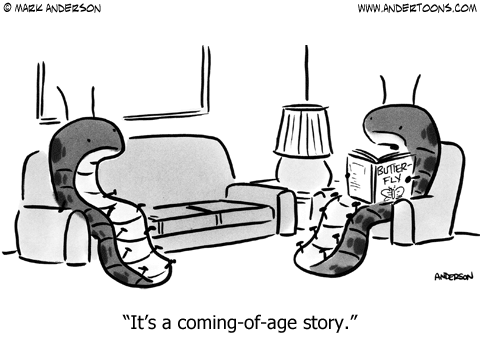

Change privacy settings

